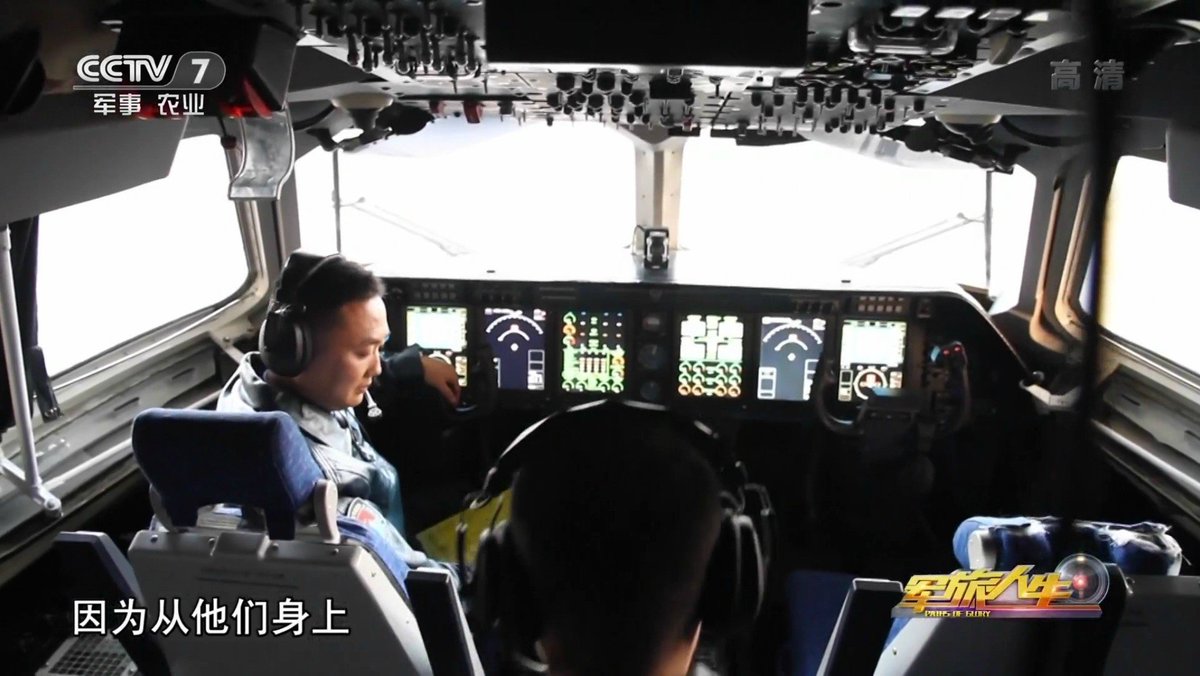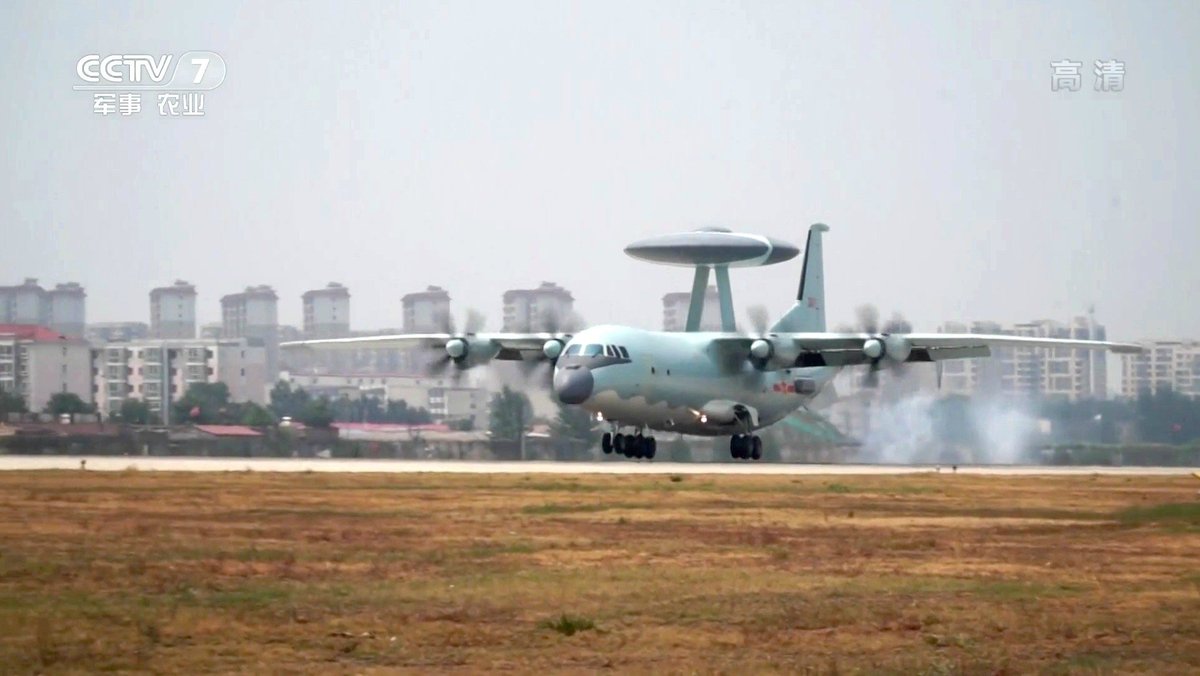asif iqbal
Lieutenant General
Asif! That's a KJ-500, with the circular array. KJ-200s are in your second post, with the 'balancing beam' array.
Thanks yes of course
Asif! That's a KJ-500, with the circular array. KJ-200s are in your second post, with the 'balancing beam' array.



KJ500早期警戒管制機のコックピット
KJ 500 Early warning control machine cockpit
How many are they in operation now 6 or 8?
I guess it's better than nothing but those stats suck pretty bad (if true). The E-2C can track 2,000+ targets at 650km.Its prototype was first spotted undergoing testing in Nanjing in 2003, carrying a CFTE emblem (S/N 762). The KJ-2000 prototype was based on Russian A-50I airframe but fitted with an indigenous AEW and a C4ISR system, including ARINC429 databus, IFF and datalink. The AEW system, developed by Nanjing Research Institute of Electronic Technology/14th Institute, is presumably similar to the Israeli Phalcon system. It was reported that the system can track 60-100 aerial targets simultaneously with a max range of 470km.
I guess it's better than nothing but those stats suck pretty bad (if true). The E-2C can track 2,000+ targets at 650km.
I guess it's better than nothing but those stats suck pretty bad (if true). The E-2C can track 2,000+ targets at 650km.
Yes, it's in a book called Beyond the Horizon: The History of AEW&C Aircraft by Ian Shaw. You can buy this book on Amazon. It claims the E-2C is capable of simultaneous tracking of 2,000 targets and trace correlation between 20,000 contacts, and can detect a target with a radar reflection surface of 3m^2 at around 333km and large contacts at 648km.well, I highly doubt that E-2C could track 2,000+ target simultaneously! any links?
China is still behind the US (note: not West) in AWACS technology ... but the gap is increasingly narrower and narrower every year. Apart from the US ... perhaps only Israel produces more advanced AWACS system than China ... and it obviously will change soon
Actually the E-3's radar is definitely superior to the E-2C's radar, as the quoted range of 400+ km refers to low-flying aircraft while the E-2C's range of 650km refers to "large contacts" (presumably ships). The E-3's range vs medium/high altitude aircraft increases to 650km, and certainly much further than that vs "large contacts". The E-3's radar is also capable of managing more intercepts (60 vs 40) compared to the E-2C. In any case, I have no doubt future upgrades will improve the capabilities of the KJ-2000. It just seems to have started at a lower baseline than I was expecting.I wouldn't take the stats too seriously.
If one does a search of E-3 capabilities on the internet most of them still list its radar as having a 400km range and almost makes it sound like it is an inferior AEW&C platform to E-2 variants.
The problem with systems like AEW&C is that their capabilities tend to experience substantial increases as they get upgraded. An E-3 airframe of the 2000s is likely quite different to one of the 2010s.
Even if those specifications for KJ-2000 are true (which I also really much doubt considering the sensitivity of that kind of information) -- they were numbers that I remember seeing back in the mid 2000s, and the likelihood that they have remained the same for a decade is quite slim.
...
The APS-145 extends the performance of previous airborne surveillance radars to unprecedented levels. Its range is a full 40 percent beyond that of the APS-138 – greater than any airborne surveillance radar in the world. It will monitor and track more than 20,000 targets simultaneously.
...
